Letter of Intent for Job Offer Template Guide
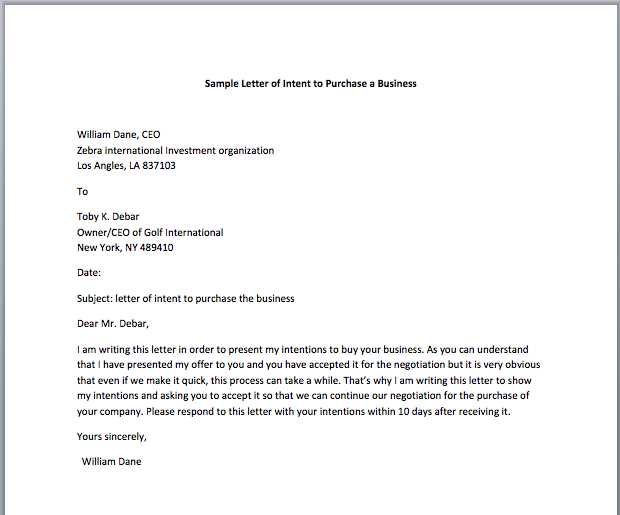
Creating a well-structured professional document that communicates your intent to begin a collaboration with a potential employer is essential. This type of correspondence ensures clarity and sets the stage for the next steps in the hiring process. Whether you are confirming a commitment or expressing your enthusiasm for a new role, the document should reflect your professionalism and attention to detail.
Essential Elements of a Professional Commitment Letter
In any formal communication of this kind, there are several key elements that should be included to ensure the message is clear and effective. Below are the main aspects to consider:
- Introduction: Clearly state your intent and provide context about the collaboration or engagement.
- Details of the Position: Outline the role you are agreeing to, along with specific terms that are important.
- Timeline: Include important dates or deadlines that are relevant to the agreement.
- Confirmation of Terms: Reaffirm the details, ensuring both parties are on the same page.
Key Phrases to Use
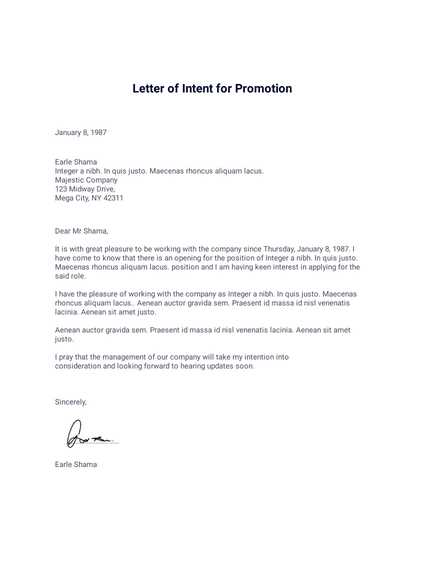
When drafting this type of document, certain phrases will help convey a tone of professionalism and clarity:
- “I am excited to move forward with the agreement…”
- “I look forward to the opportunity to contribute…”
- “I am happy to confirm the terms outlined…”
Crafting the Document: A Step-by-Step Approach
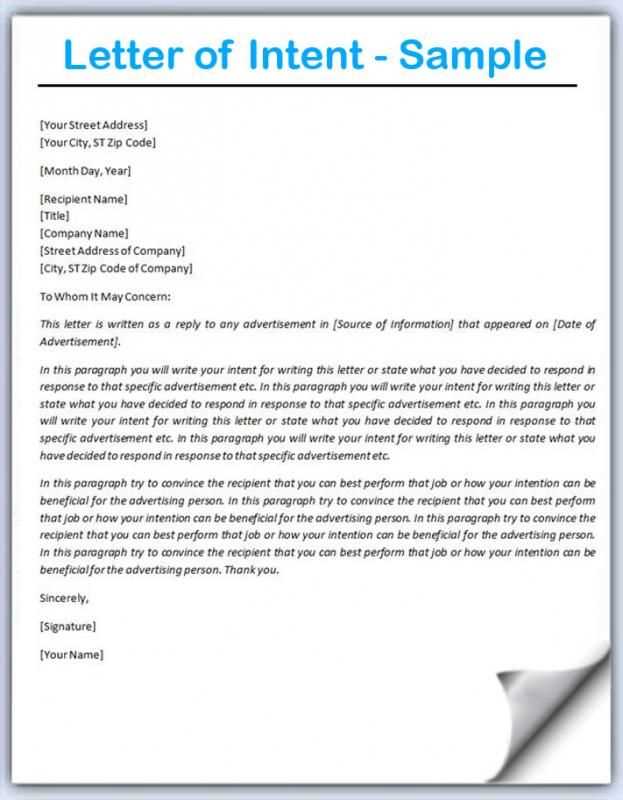
To effectively draft this formal communication, follow these steps:
- Start with a Greeting: Begin with a professional greeting, addressing the recipient by name.
- State Your Purpose: Immediately clarify your intention in writing.
- Provide Specifics: Mention all key details to ensure transparency.
- Express Enthusiasm: Show your commitment and positive outlook toward the arrangement.
- Close with a Strong Conclusion: End on a note of confirmation and gratitude.
Finalizing Your Document
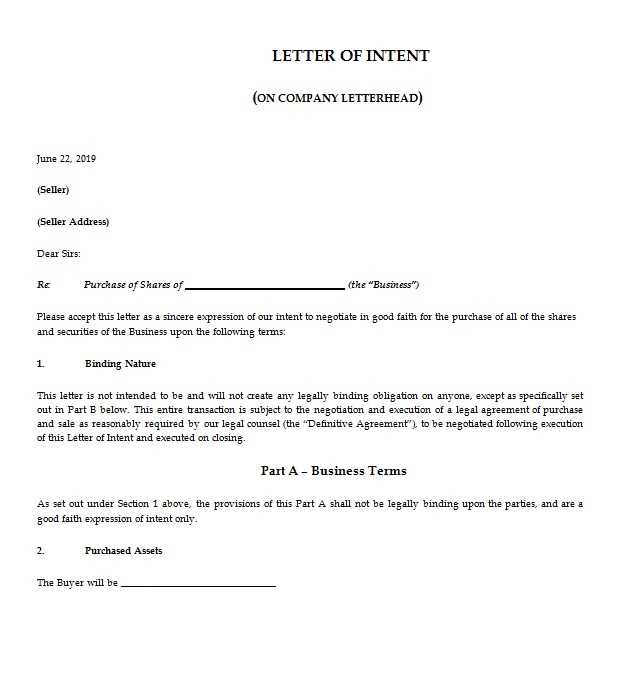
Before sending the finalized letter, review it carefully for any errors or unclear phrasing. Ensure the tone remains professional, and all details are accurate. Once you’re satisfied, send it promptly to the recipient.
Understanding Professional Correspondence and Its Impact
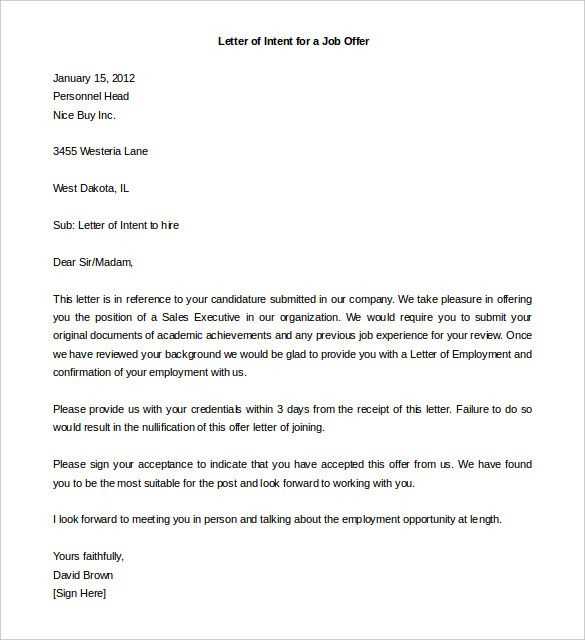
Formal documents play a crucial role in establishing clear communication, especially when entering into new professional commitments. These documents are meant to affirm an agreement and confirm important terms of the collaboration. A well-drafted document helps both parties understand their roles, expectations, and responsibilities moving forward.
Why This Type of Document Matters
This form of correspondence is essential because it ensures mutual understanding between the two parties involved. By outlining expectations and confirming key details, the document helps avoid future misunderstandings. Its significance lies in its ability to create a foundation of trust and professionalism.
Key Elements to Include
A properly structured professional document should include several critical elements:
- Introduction: Begin by stating your intent and providing context about the purpose of the communication.
- Details of the Engagement: Specify the terms of the arrangement, including dates, responsibilities, and any other important points.
- Confirmation of Commitment: Ensure both parties acknowledge and agree to the terms outlined.
Steps to Effectively Draft the Document
To create a compelling professional document, follow these steps:
- Opening: Begin with a formal greeting, establishing a respectful tone.
- Clearly State Your Purpose: Define the main objective of the document right at the start.
- Provide Specifics: Outline the key details in a clear and concise manner.
- Express Your Enthusiasm: Convey your excitement and readiness to proceed with the agreement.
- Close Professionally: End the communication with a formal conclusion, ensuring all parties are aligned.
Common Pitfalls to Avoid
When drafting, avoid the following common errors:
- Vague language that could lead to confusion.
- Omitting important terms or details.
- Using an overly casual or inappropriate tone.
Personalizing Your Document
Personalizing this type of correspondence is essential to ensure it resonates with the recipient. Tailor the message to reflect your style while keeping it professional and to the point. By customizing the content, you convey your genuine interest and commitment to the arrangement.